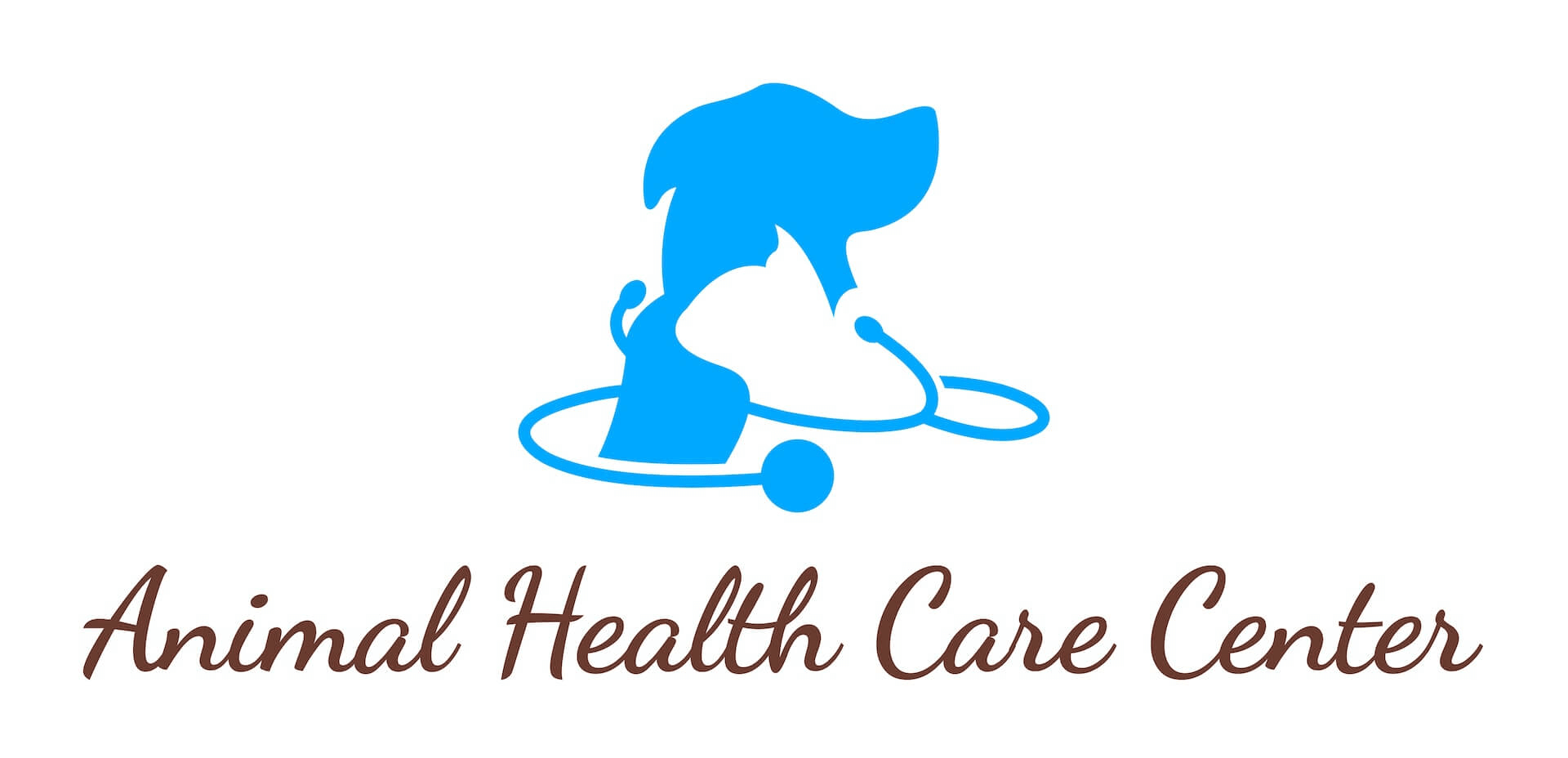OFA
OFA stands for the Orthopedic Foundation for Animals. This is a database of genetic-based diseases and syndromes that can be tested for and tracked to help evaluate potential breeding candidates and to help reduce the incidence of genetic disease and improve the well-being of companion animals. This includes inherited diseases and malformations such as congenital heart disease, hip dysplasia, elbow dysplasia, luxating patellas, and others. Each OFA test is entered into a database and the animals are graded and given either pass/fail or mild/moderate/severe depending on what is evaluated. Animals that fail any OFA test are not recommended to be used for breeding due to the high likelihood of passing conditions on to the next generation. This is important in conserving the health of the breed and maintaining good breeding stock.
OFA radiographs are used to evaluate the hips of a dog. They are usually taken after a dog’s second birthday. They are mostly done for owners who are considering breeding their dog. If the hips pass, the puppies are often more valuable. Sometimes, if they don’t pass, owners may decide not to breed them.
Positioning is very important to ensure good OFA radiographs. The American Veterinary Medical Association has strict guidelines on how the films need to look so we work very hard to take the perfect films. Though it is not required, anesthesia is recommended so that we can achieve the best results possible.
It is very important that owners fill out the paperwork as thoroughly as possible. You need to know your pet’s registered name, tattoo or microchip, and even the information about the sire and dam. A signature is necessary.
PENN HIP
Penn Hip is a radiographic screening method for diagnosing hip dysplasia. Hip dysplasia is widely accepted to be a genetically based trait in dogs and cats. The most commonly affected dogs are large breeds and include German Shepherds, Rottweilers, Labradors, and Bulldogs. But, any dog or cat can be affected. Hip dysplasia progressively gets worse with age and causes discomfort to the animal.
Penn Hip radiographs are a specific set of radiographs that are performed under general anesthesia. These radiographs are then reviewed by a board-certified radiologist who determines each animal's distraction index. The distraction index is basically a measurement that tells us how tightly associated the femoral head is with the acetabulum. The lower the distraction index the more tightly associated they are and the less likely that animal is to develop hip dysplasia in the future.
Penn Hip radiographs can be performed as early as 16 weeks old. This is especially important in breeding programs to help selectively determine the best candidates for long-term health. They can be performed on pregnant animals, but not on animals that are lactating. It is recommended to wait 16 weeks after whelping.
If you have any questions or you would like to schedule an appointment, feel free to contact us today at (817) 467-6688.
